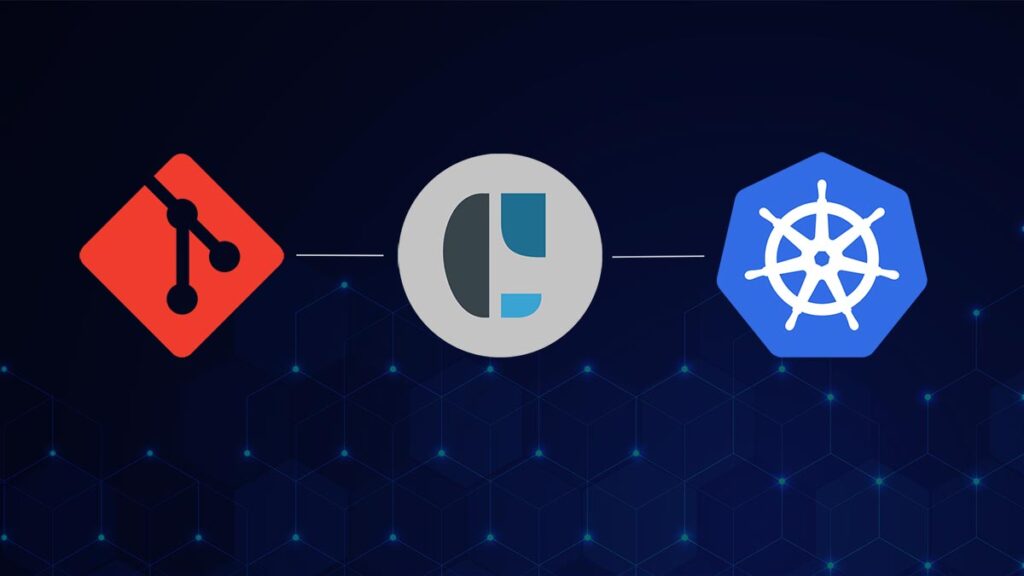Is your platform strategy ready for a multi-architecture future?
With ARM gaining momentum across cloud, edge, and developer environments, multi-architecture is no longer an edge case—it is a core consideration for modern engineering teams. And it goes beyond technical compatibility. Embracing both ARM64 and x64(x86_64) architectures can unlock material savings, increase deployment flexibility, and reduce long-term infrastructure and vendor risk.
In this two-part series, we explore why multi-architecture makes strategic sense—and where it is already being deployed to drive measurable impact. Part 1 focuses on the business drivers: cost efficiency, future-readiness, and matching workloads to the most effective compute platform. Part 2 covers the practical side of adoption, including implementation patterns, security considerations, and emerging platform tooling that simplifies the journey.
The Cost Advantage of ARM
Adopting a multi-architecture strategy often starts with economics. AWS Graviton instances, based on ARM64, offer 20–40% lower pricing than comparable x64 instances. In production environments, teams running compatible workloads—such as microservices, APIs, or CI/CD pipelines—report 30–40% lower compute costs. This is not theoretical—CloudOptimo’s Graviton benchmarks show ~30% better price-performance.
Real World Impact:
Organizations across industries are seeing measurable savings:
- Gencove, a scalable genomic data platform, saw ~40% savings on compute costs
- Halodoc, a health technology company, cut costs by 20% and improved performance by 40%
- Fluid Attacks, a cybersecurity provider, achieved a 70% cost reduction
| Metric | Graviton | (ARM) x64 (Intel/AMD) |
|---|---|---|
| On-demand Pricing | Up to 20% lower | Baseline |
| Price-performance | Up to 40–60% better | Lower for many workloads |
| Energy Usage | Up to 60% less power consumed | Higher operational & carbon cost |
| vCPU Architecture | 1 vCPU = 1 physical core | Often shared cores (SMT) |
These performance gains—combined with lower per-instance pricing—offer a compelling ROI for ARM adoption
Multi-Architecture is Already Here
Even if your team has not formally adopted ARM, you are already operating in a multi-architecture environment:
- Developers using Apple Silicon
- Cloud workloads optimized for Graviton
- Edge deployments on ARM-based IoT devices
- External partners or vendors delivering ARM64 containers
Multi-architecture is already present across most modern tech stacks. The challenge is enabling consistent, reliable pipelines across architectures without fragmenting your delivery workflows.
ARM vs x64: Different Strengths, Not Either-Or
| Better Suited for ARM | Better Suited for x64 |
|---|---|
| Mobile and embedded apps | Legacy enterprise applications |
| Stateless microservices | High-performance computing (HPC) |
| Cloud-native serverless workloads | Windows-only or proprietary apps |
| On-device AI/ML inference | GPU-intensive desktop workloads |
| Media processing at the edge | x64-targeted dev environments |
| Lightweight cryptography/networking | Large-scale, CPU-bound simulations |
While x64 remains dominant for legacy workloads and CPU-intensive use cases, ARM excels in distributed, scalable, and costsensitive deployments—particularly where concurrency, power efficiency, and horizontal scaling matter.
When Multi-Architecture Makes Sense
Multi-architecture means building and supporting software across more than one CPU instruction set—usually ARM (e.g., Graviton, Apple Silicon) and x64 (e.g., Intel/AMD). This becomes especially valuable
when:
- Your systems span both cloud and edge environments
- Your developers use Apple Silicon, while production runs on x64
- Your workloads need cost-performance elasticity across instance types
- Your pipelines need to support multiple target platforms
- Your clients deploy agents or microservices in heterogeneous environments
Multi-architecture is not about duplicating infrastructure—it is about making your delivery strategy flexible, portable, and scalable by design.
Workloads That Benefit Most from Multi-Architecture
Once your team adopts a multi-architecture strategy, certain workloads stand to benefit more immediately
—especially those where parallelism, scale, and cost-performance are critical.
| Workload Type | Why |
|---|---|
| Web services & APIs | Cost-effective scaling with Graviton’s high core count |
| Containerized apps | Multi-arch Docker images can run anywhere, automatically |
| CI/CD pipelines | Parallel builds on ARM improve throughput and reduce CI time |
| Data processing & ETL | High concurrency + lower per-core cost = better price-performance |
| In-memory databases | Graviton-backed RDS and ElastiCache offer 20–30% better price-performance |
| Serverless functions | AWS Lambda on ARM yields up to 34% better price-performance |
These are often the fastest paths to realizing cost or efficiency wins from a multi-architecture rollout.
Real-World Use Cases
Multi-architecture is already proving valuable across sectors. Here are some common use cases by industry:
- Financial Services: KYC pipelines, document verification, fraud detection, customer APIs, payment gateways
- Media & Entertainment: Image processing, encoding, personalization engines
- Retail & E-Commerce: Inventory sync, order APIs, recommendation systems
- Healthcare: Medical imaging pipelines, anonymization, edge diagnostics
- EdTech: Content rendering, analytics, student tracking platforms
- SaaS Platforms: Multi-tenant services, integrations, custom processing pipelines
What’s Next
Multi-architecture is becoming a strategic cornerstone for modern engineering teams. It offers a practical path to lower compute costs, improved infrastructure flexibility, and greater resilience—especially as ARM becomes mainstream across cloud and edge environments.
In Part 2, we move from the why to the how.
Expect a closer look at how multi-architecture delivers on portability, flexibility, and resilience—and why those benefits are now well within reach. We will also unpack common concerns around security and compliance, highlight where the tooling is mature, and walk through what implementation looks like today—with help from modern platforms designed to make it simpler.

CAEPE Continuous Deployment
Manage workloads on Kubernetes anywhere robustly and securely.
- Shores up security by simplifying deployment anywhere, supporting managed services, native Kubernetes, self-hosted, edge and secure airgapped deployment targets.
- Supports GitOps and provides guided, UI-driven workflows for all major progressive delivery strategies.
- Has RBAC built-in, providing inherent enterprise access control for who can deploy.
- Supports extended testing capabilities enabling your team to run different tests quickly and easily.


